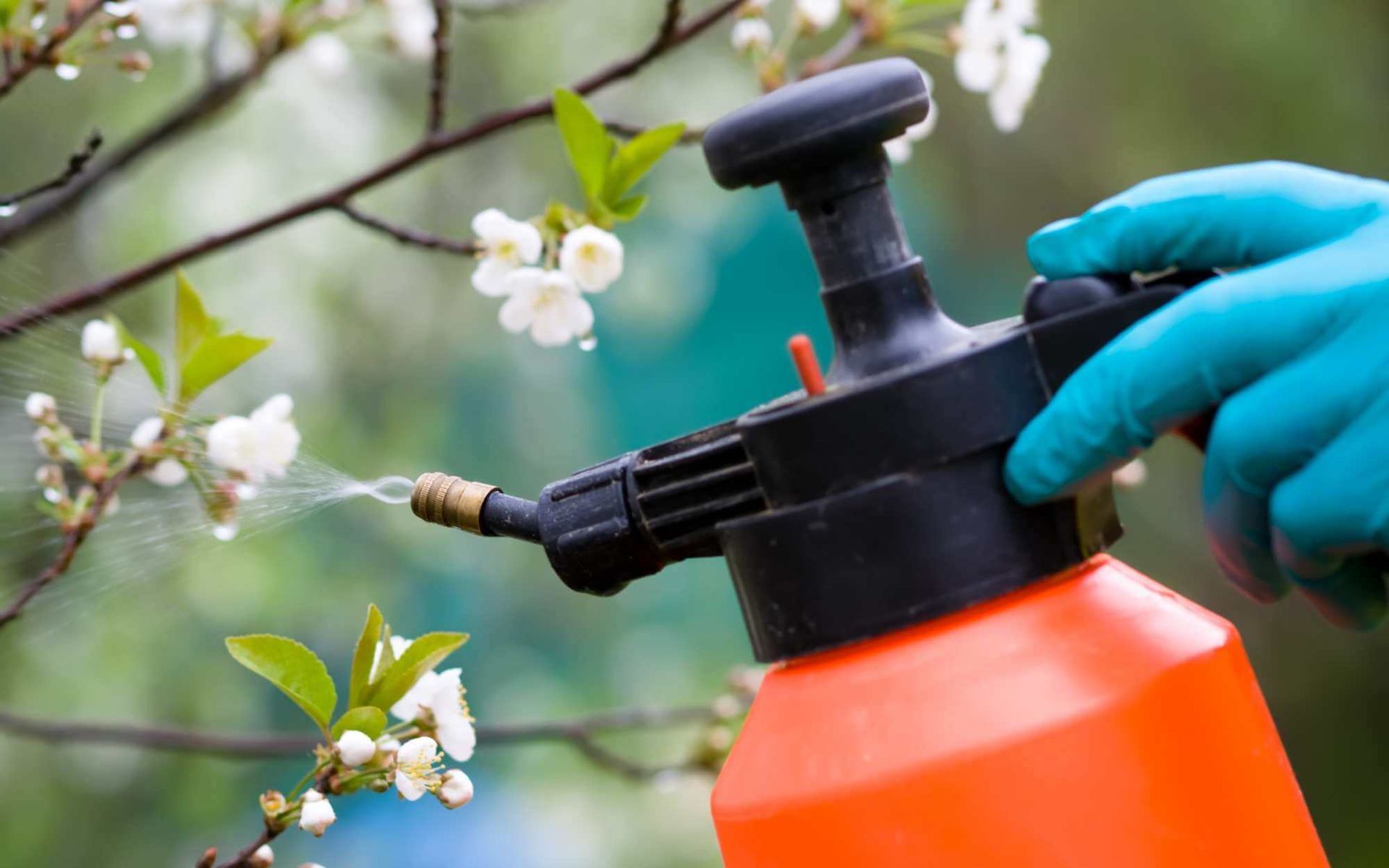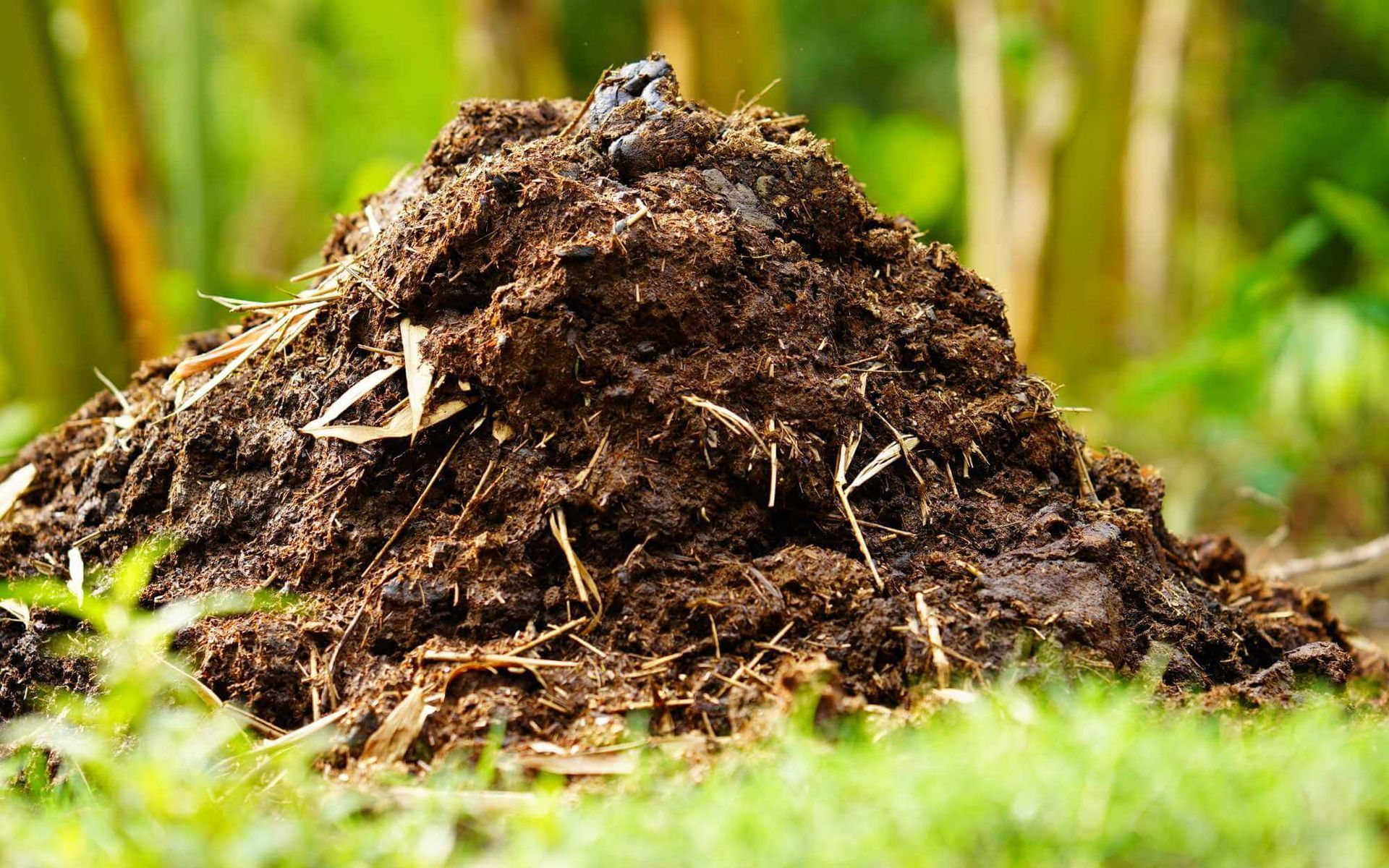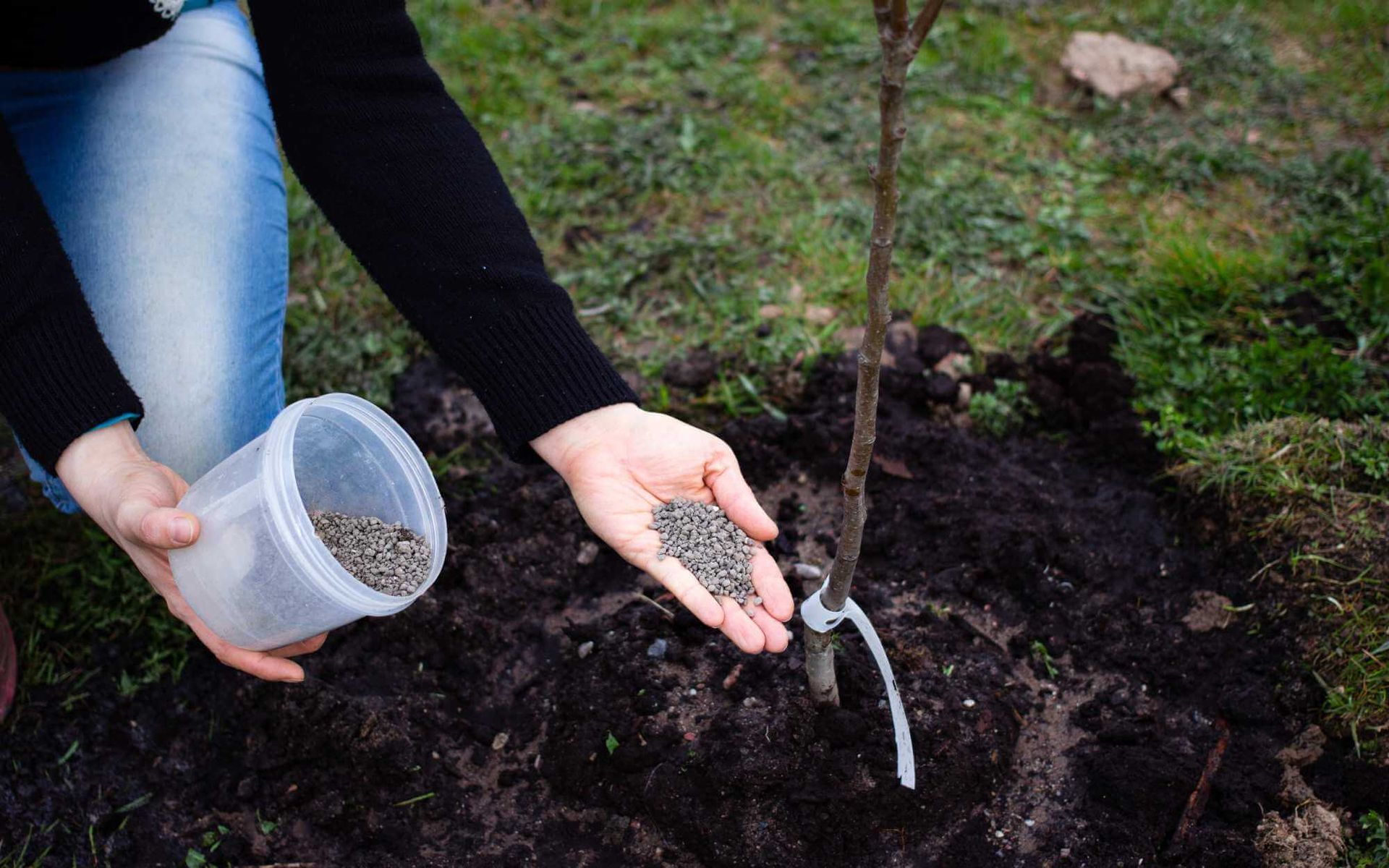A Year-Round Feast: Seasonal Tree Fertilization Guidelines
PUBLISHED ON
SHARE THIS ARTICLE

Fertilizing trees is an essential aspect of arboriculture, though it's often overlooked by even the most avid gardeners.
Proper fertilization not only ensures the health and vitality of your trees but also bolsters their resistance to pests, diseases, and harsh weather conditions. However, the art of tree fertilization isn't as straightforward as it seems. Its efficiency heavily relies on timing, with each season presenting unique considerations.
Through this blog, we'll take you to our
comprehensive tree care calendar, demonstrating how to nourish your arboreal friends in sync with the rhythm of the seasons. Understanding these seasonal variations in tree fertilization is key to unlocking the full potential of your green spaces, no matter the time of the year.
Spring Fertilization
Spring fertilization kick-starts the growth cycle of trees, treating nutrient deficiencies during the winter dormancy period. The surge of energy facilitates budding and promotes lush foliage, enhancing the tree's photosynthetic capacity.
Employing slow-release nitrogen fertilizers rich in nitrogen, phosphorous, and potassium ensures balanced nutrition. These can be sprinkled around the drip line, where the tree's feeder roots are abundant.
For more precise application, consider using a soil injector to deliver essential nutrients directly to the root zone. This method is particularly effective for mature and fruit trees, whose extensive root systems require a deeper nutrient supply.
Always remember that moist soil is crucial for effective nutrient absorption, so water generously post-application.
Summer Fertilization

During summer, trees and shrubs are in their peak growth stage, making it an excellent time for supplemental fertilization, especially in hot and dry climates.
Water is essential; frequent deep watering promotes deep root growth and helps trees withstand drought conditions. However, over-fertilization can lead to excessive foliage at the expense of root development, making trees vulnerable to heat stress and water scarcity.
Opt for an organic, low-nitrogen, slow-release fertilizer that gives out nutrients gradually, preventing nutrient deficiency and promoting balanced tree growth. Consider mulching around the tree base to conserve moisture and moderate soil temperatures.
Lastly, monitor your trees for signs of heat stress, like wilting or yellowing leaves, and adjust your watering and fertilization practices accordingly.
Fall Fertilization
Fall fertilization prepares trees for the upcoming winter by facilitating root development and nutrient storage.
As temperatures drop and top growth slows, trees divert resources to root growth, fortifying their foundation. Applying a high-phosphorus, low-nitrogen fertilizer around late fall promotes robust root systems and helps trees store nutrients for the winter dormancy period.
Since the ground freezes from the surface downwards, early to mid-fall is the optimal time for fall fertilization, giving roots ample time to absorb nutrients before the winter freeze. Incorporate the fertilizer into the top few inches of soil or use a root feeder for deeper application.
Remember to water well afterward to promote nutrient absorption and reduce the risk of root burn.
Winter Fertilization

Winter fertilization is less about promoting plant growth and more about equipping trees to withstand harsh conditions and prepare for spring.
Fertilizers rich in potassium aid in overall plant hardiness, strengthening cell walls and enhancing resistance against freeze damage. During winter, nutrient absorption slows, so apply fertilizers before the first deep freeze.
Watering after fertilization is crucial, even in winter, to support nutrient absorption and reduce frost penetration.
Remember, over-fertilization can make trees vulnerable to winter burn, a desiccation injury caused by dry winter winds. So, use a light hand with fertilizer and always follow package instructions.
With thoughtful winter fertilization, your trees can emerge stronger and healthier with the first signs of spring.
Tree Nutrient Management for Every Season
Following these seasonal tree fertilization guidelines ensures year-round vitality.
Spring fertilization encourages budding, while summer nutrition promotes growth. Fall nutrition bolsters root development, preparing trees for winter's harsh conditions. Winter fertilization, focusing more on resilience, prepares trees for the coming spring.
It's a delicate balance requiring expert knowledge. Don't leave your trees' health to chance. Nurture them throughout the year with appropriate fertilization.
If in doubt, consult an
arboriculture expert to guide you in this rewarding journey. Our team conducts a comprehensive soil test, advises on the right tree fertilizers for both mature trees and newly planted trees, and offers to fertilize trees timely and professionally. Call now!
Want a free quote or some friendly advice? Call our team today:






